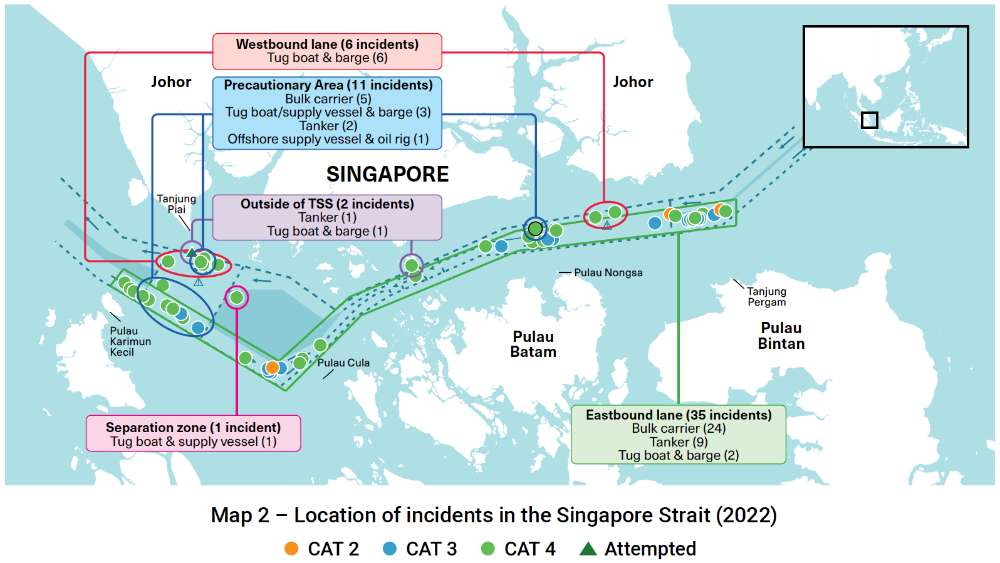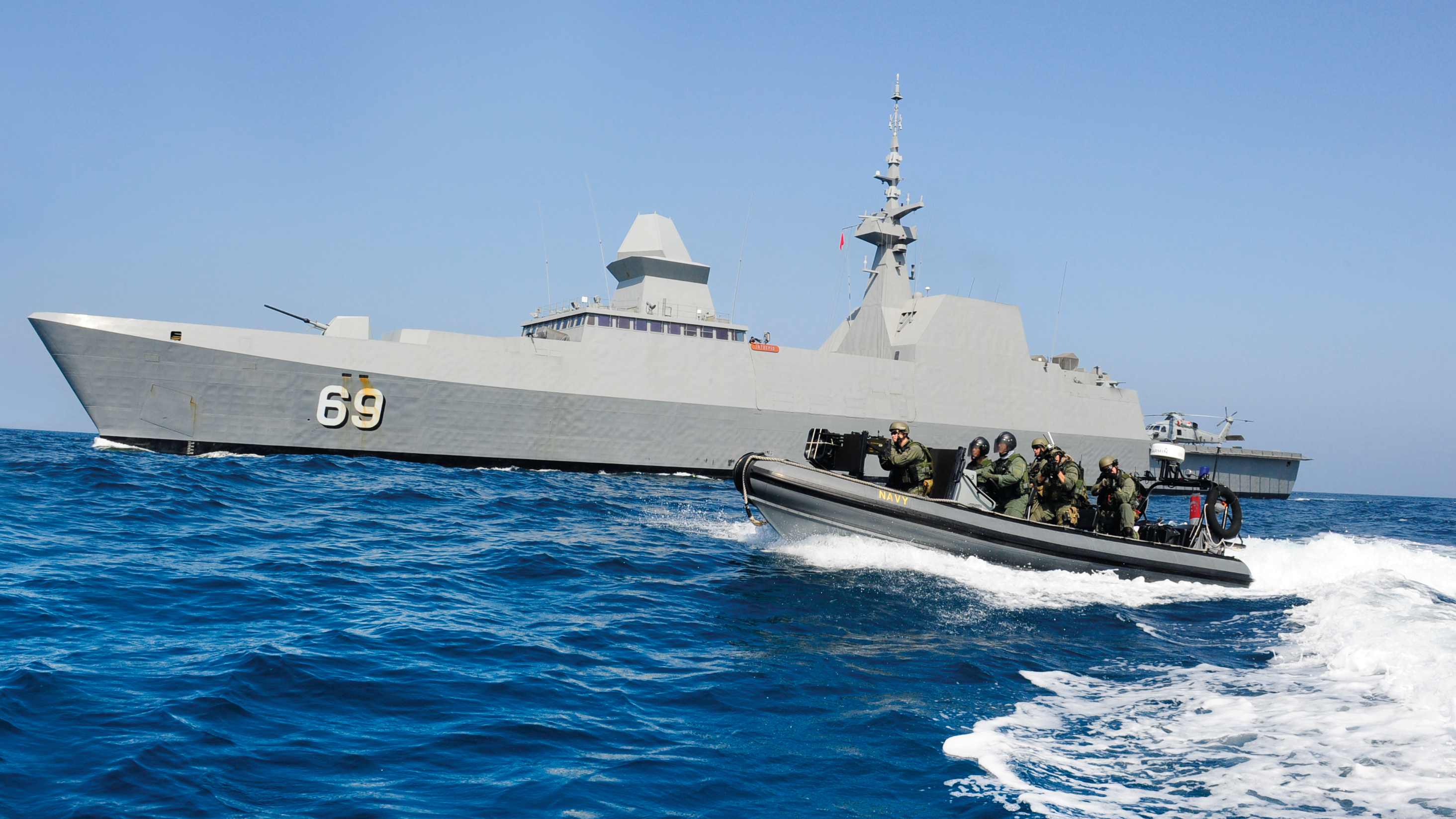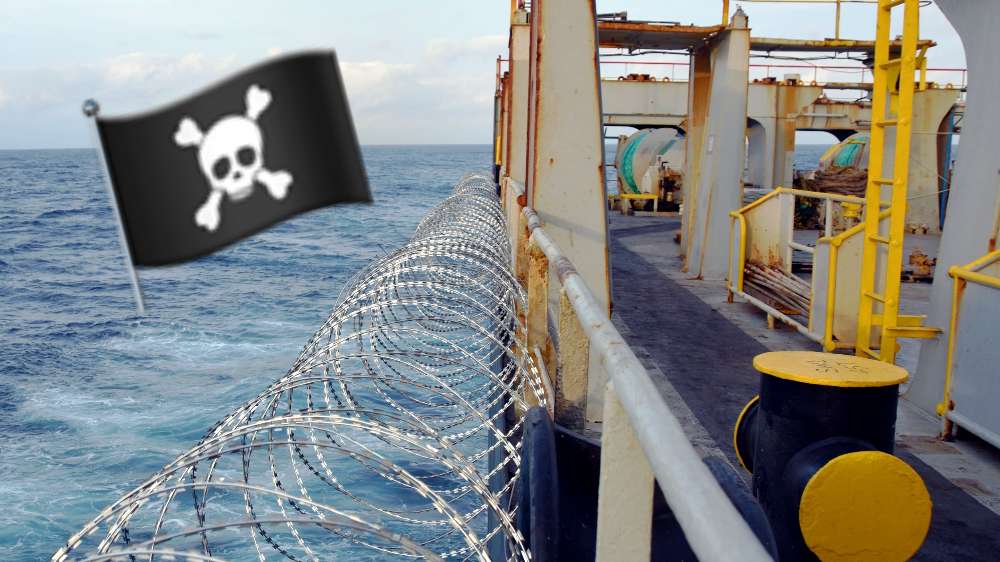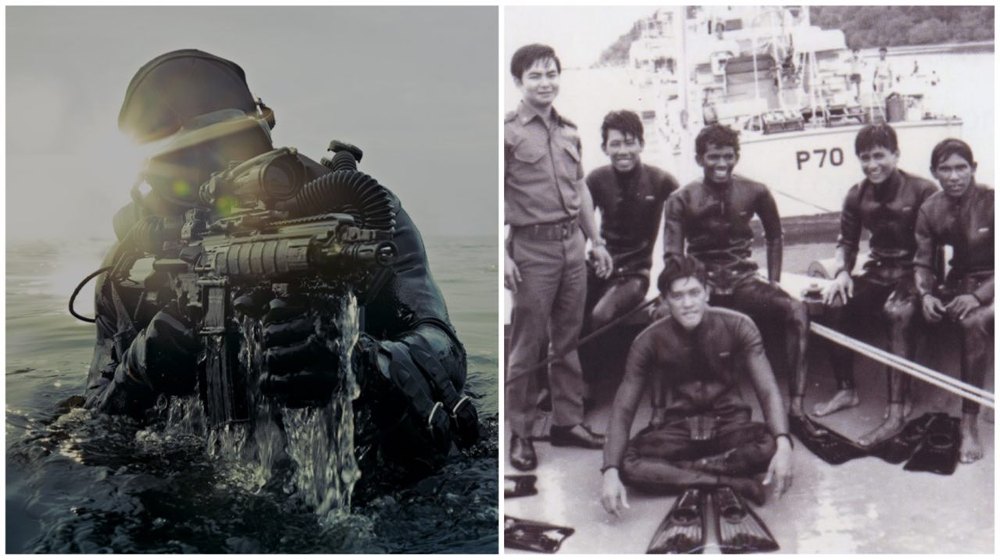Stepping Up Our Game To Combat Piracy And Protect The Waters Around Singapore
At around 10pm (Singapore time) on Monday (10 Apr), a Singapore-registered tanker, SUCCESS 9, was boarded by pirates about 300 nautical miles off the Abidjan Coast, Côte d’Ivoire.
According to the Maritime and Port Authority of Singapore, the ship has a 20-member crew of various nationalities, one of whom is a Singapore citizen. MPA says it is “working closely with the ship owner, Monrovia Regional Maritime Rescue Coordination Centre and the Information Fusion Centre at the Changi Command and Control Centre to monitor the situation and render the necessary assistance”.
Piracy has been a long-standing issue in international waters. Pirates pose a significant threat to global trade by attacking vessels and stealing valuable cargo, putting the lives of crew members at risk.
While there’s been a dip in global piracy incidents (down from 35 incidents in 2021 to 19 in 2022), according to a report by the International Maritime Bureau (or IMB, a specialised division of the International Chamber of Commerce), the IMB Piracy Reporting Centre has called for sustained maritime security to ensure the continued safety of seafarers, especially in the Gulf of Guinea region, which remains highly dangerous.
 According to ReCAAP Information Sharing Centre, the Singapore Straits recorded 55 cases in 2022. | IMAGE: RECAAP
According to ReCAAP Information Sharing Centre, the Singapore Straits recorded 55 cases in 2022. | IMAGE: RECAAP
Alarmingly, piracy and armed robbery incidents in the Singapore Straits hit a seven-year high in 2022, according to an annual report by the Regional Cooperation Agreement on Combating Piracy and Armed Robbery against Ships in Asia (ReCAAP) Information Sharing Centre.
What’s the difference between piracy and armed robbery? Piracy takes place on the high seas under universal jurisdiction while armed robbery/petty theft takes place in internal waters, archipelagic waters and territorial seas which are under the jurisdiction of the coastal States.
The Singapore Straits recorded 55 cases in 2022 compared to 49 cases in 2021, and are invariably incidents of armed robbery or petty theft, which are of opportunistic nature.
As a major global trading hub, Singapore has a vested interest in combating piracy in international waters, and has implemented a range of measures to combat the issue, including conducting patrols in high-risk areas, sharing information with other countries, and collaborating with the shipping industry to develop best practices.
 Thanks to our navy's vigilance and its defence of our maritime domain, Singapore can maintain its status as a major shipping hub. | IMAGE: PIONEER
Thanks to our navy's vigilance and its defence of our maritime domain, Singapore can maintain its status as a major shipping hub. | IMAGE: PIONEER
The Republic of Singapore Navy plays a crucial role in maintaining maritime security and ensuring the safety of not only the vessels in the region, but also Sea Lines of Communication (SLOCs), making certain they stay open and continue to be safe bodies of transport. SLOCs are principal maritime routes between naval ports which serve as the arteries of a region’s economy, and are vital for global trade, military and other purposes.
With Singapore situated along the Strait of Malacca, a major shipping route that connects the Indian Ocean to the Pacific Ocean, you can imagine how disruptions to this shipping route would be devastating for our Little Red Dot.
To ensure that maritime trade continues to flow smoothly into Singapore waters, our frontliners at the Maritime Security Task Force (MSTF) stand guard 24/7. Besides daily patrols by our littoral mission vessels (LMVs), the Accompanying Sea Security Teams (ASSeTs) keep up daily boarding inspections, as deterrence against potential threats.
For the latest updates on Wonderwall.sg, be sure to follow us on TikTok, Telegram, Instagram, and Facebook. If you have a story idea for us, email us at [email protected].











